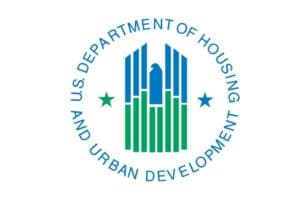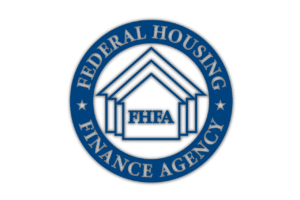The Capital Magnet Fund (CMF), administered by the U.S. Department of the Treasury, aims to support affordable housing development and community revitalization efforts. Here’s a breakdown of the relevant details:
Terms
- Funding Purpose: CMF provides grants to finance affordable housing and community development, including housing for low-income families, community service facilities and economic development projects.
- Loan & Grants: Funds can be used for loans, grants, loan guarantees and risk-sharing loans.
- Match Requirement: There is typically a requirement for developers to leverage at least ten times the amount of the CMF award.
Application Process
- Application Submission: Developers and Community Development Financial Institutions (CDFIs) apply through the Treasury’s online application system during designated funding rounds.
- Documentation: Applicants need to provide project details, financial information and an explanation of how they will meet the matching fund requirements.
- Criteria: Applications are evaluated based on factors, like the financial soundness of the project, community impact and alignment with the fund’s goals.
Deadlines
- Deadlines vary each year. Typically, the application window opens annually, with Treasury announcing specific dates and deadlines for each round of funding. It’s important to monitor the CMF page for the current year’s deadline. The current year’s deadline has passed, but you can monitor the succeeding year’s deadlines and other details for CMF on the Treasury’s CDFI Fund website.
Applicant Eligibility
- Community Development Financial Institutions (CDFIs) and nonprofit organizations primarily apply for CMF grants. For-profit developers may partner with these entities, but they are not usually the primary applicants.
- Developers must demonstrate a history of providing affordable housing or community development services and must meet specific financial and capacity requirements.
Eligible Projects
- Affordable Housing: Projects must support the development, rehabilitation or preservation of affordable rental housing or homeownership for low-income individuals (income typically capped at 80 percent AMI).
- Mixed-Use Projects: Mixed-income or mixed-use projects that include affordable housing units are eligible, provided a significant portion of the project focuses on serving low-income residents.
- Community Facilities: The fund can also support community service facilities, like health clinics or job training centers, as long as they benefit low-income individuals or communities.
These details provide a general guide, and the specific requirements and terms can vary from year to year, so it’s always good to review the latest guidelines from the Treasury’s website.


